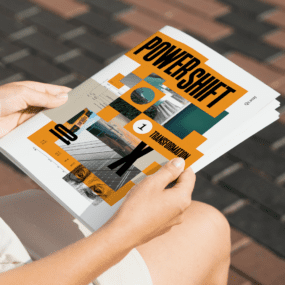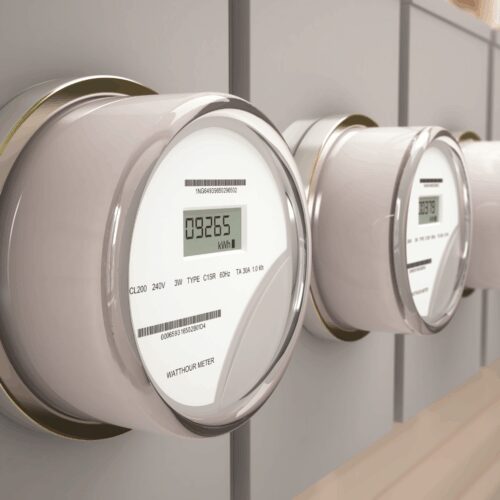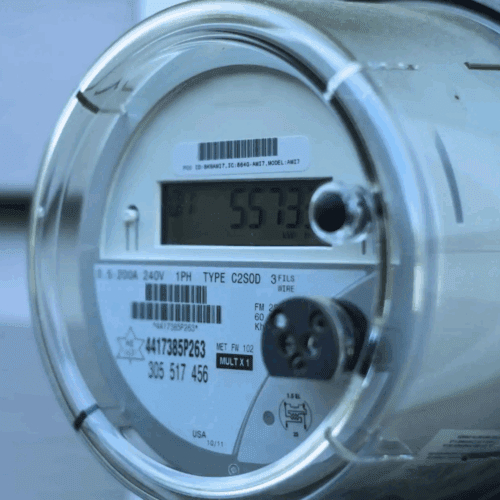Part 1: The Case for Digitized Rates in a Rapidly Evolving Energy Landscape
Blog Series: The Digital Transformation of Utility Ratemaking

Blog Series: The Digital Transformation of Utility Ratemaking

Sign up for our magazine
The premier outlet for compelling storytelling around the innovators and innovations driving the clean energy transition.
The energy industry landscape is undergoing a significant transformation. Electrification is accelerating, with electric vehicles (EVs) projected to make up 23% of new passenger vehicle sales by 2027. Simultaneously, 93% of U.S. households are expected to have smart meters, enabling data-driven energy management like never before. Utilities are working hard to keep pace with these changes, and one of the most effective ways to do so is by digitizing rate structures.
The Hurdles of Traditional Rate Structures
For decades, utility rate design has traditionally been slow-moving and siloed. Tariffs, riders, and programs have been built using outdated processes—manual spreadsheets, disconnected data sources, and fragmented teams across organizations. This lack of integration can lead to inefficiencies, long delays in rate implementation, and poor customer experiences and engagement. In fact, a major U.S. utility once took 18 months and spent $8 million just to roll out a single low-income rate due to these inefficiencies.
Why Digitized Rates?
Digitizing rates means transforming rate structures into a dynamic, modular framework that can be easily shared, analyzed, and adjusted. A modern Enterprise Rate Engine enables utilities to:
- 💪 Improve Collaboration: Siloed departments (rate design, billing, customer service, and marketing) can work from a single source of truth.
- 🏁 Enhance Speed & Accuracy: Automated calculations replace error-prone manual spreadsheets.
- 🚀 Boost Customer Engagement: Personalized rate options can be dynamically presented to customers based on historical usage data and behavioral indicators.
- 🔮 Ensure Future Readiness: As Distributed Energy Resources (DERs) and Virtual Power Plants (VPPs) evolve, utilities can quickly adapt rates accordingly.
A Real-World Example: PSEG Long Island
PSEG Long Island leveraged digital rates to modernize its offerings, introducing a Time-of-Use (TOU) rate that encouraged customers to reduce energy consumption during on-peak hours. The program exceeded enrollment goals in its first year and led to 10% average bill savings for participants. This success showcases the potential of digitized rates in improving both customer satisfaction and grid stability.
By moving towards an Enterprise Rate Platform, utilities can simplify complex billing, accelerate clean energy adoption, and create a more resilient energy system.
Want to learn more? Download the eBook: The Digitial Transformation of Utility Ratemaking.
Part 2 and 3 coming soon!





